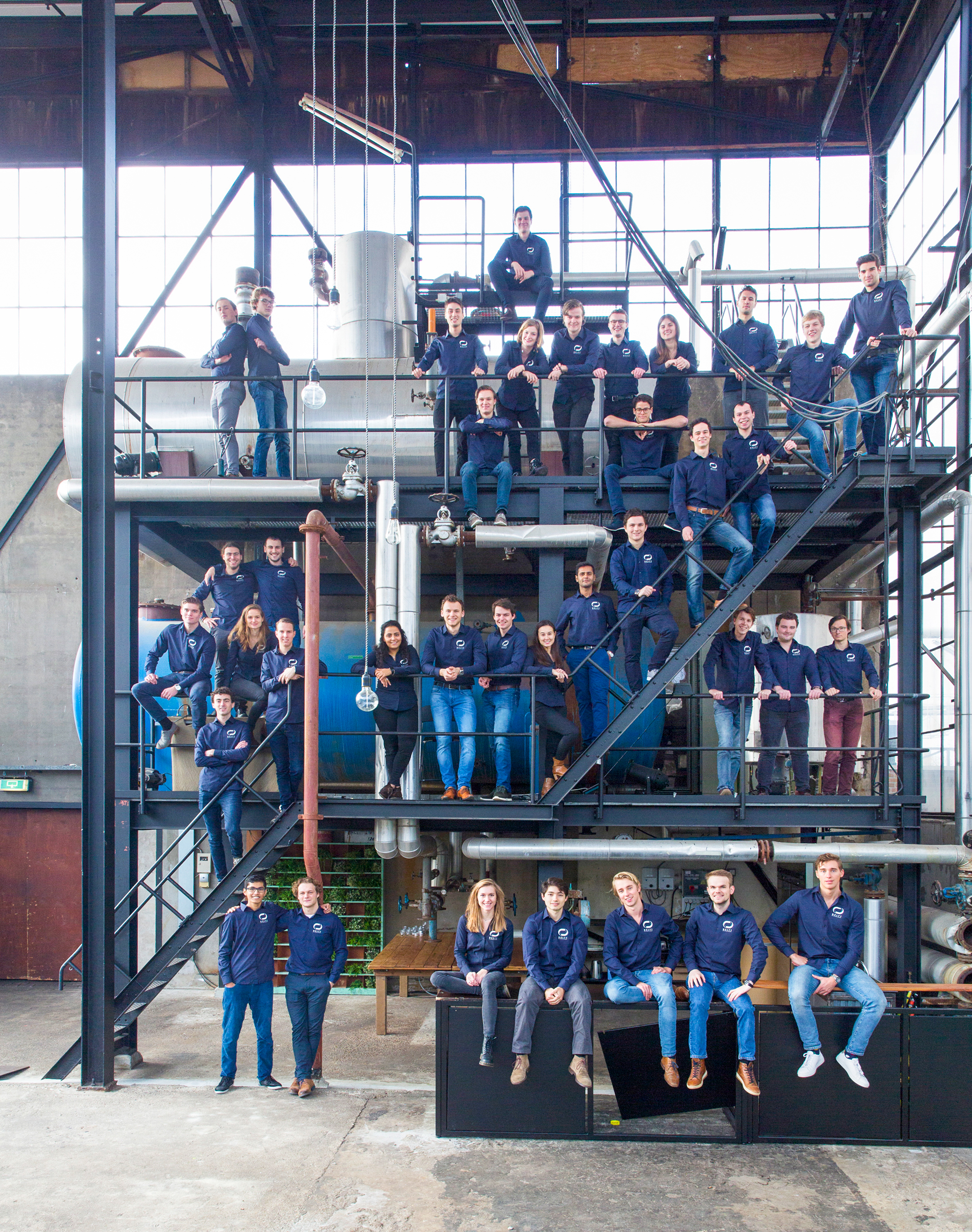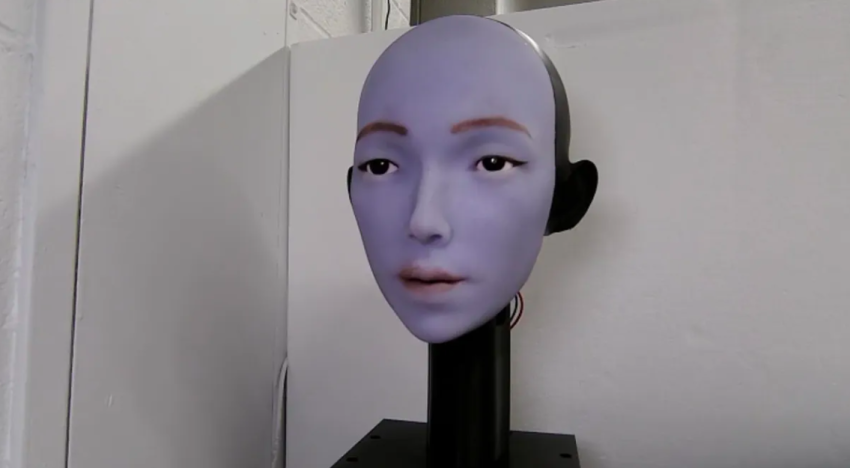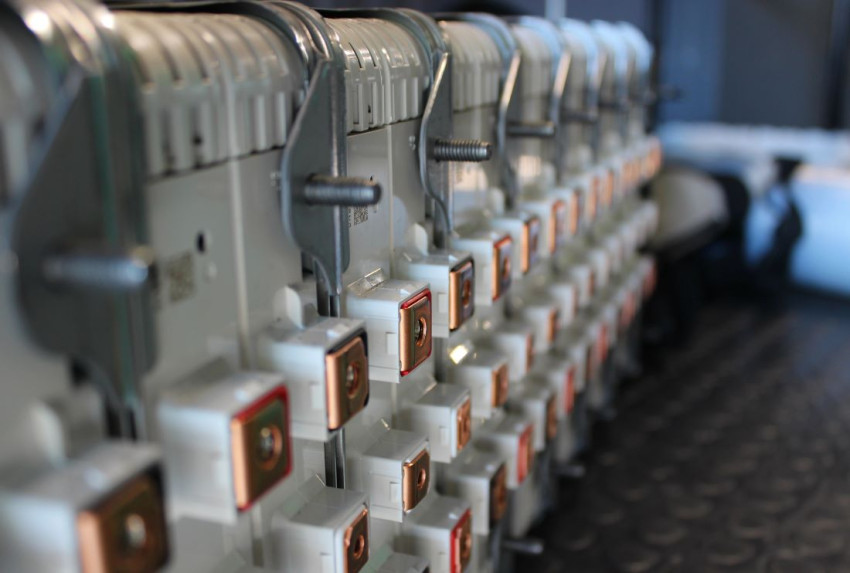
New hyperloop to break speed record
The new hyperloop developed by the Delft Hyperloop student team is set to break the speed record for vacuum transport. The team presented the design for their new pod this week, which is to travel at a speed exceeding 380 km/h.
A full De Veste Theatre in Delft formed the backdrop against which the 37 strong team demonstrated the fruits of three months' labour. They have invested more than 50,000 hours of design time, and have the results to show for it: the new design resembles the Delft pod that won the general hyperloop pod competition staged by the SpaceX Aerospace manufacturer last year, but is actually completely different.
The drive system and the part designated for passengers or cargo have been disconnected. Only the lower section will enter the 1.2 km long, vacuum hypertube at SpaceX in California.
That is, if the team is chosen. There is only room for three pods in the tube during the competition in July, and there are 20 teams bidding for an opportunity. Delft Hyperloop is one of them.
Special wheels
The hyperloop speed record is currently held by the US company Hyperloop One, which had a pod race through a tube at 384 km/h. 'We're going to smash that record,’ claims technical manager Maurits Houck. By how much, is a closely guarded team secret. Possibly because they don't really know themselves yet – they're only at the design stage after all, with construction and testing yet to come.

In any case, the need for speed has resulted in a different style of pod. Whereas the previous version used magnetism to gain speed, Houck believes it is better to use wheels to achieve proper top speeds. The new system has a wheel on each side of the rail. The wheels are clamped tightly against the rail, and a powerful electromotor ('with 500 bike power') transfers as much power as possible to the special wheels.
After getting up to speed, the pod also needs to brake strongly – they want to stay up to speed as long as possible during the 1.2 km, and so the braking power must also be much greater than in last year's design.
Unexpected vibrations
Over the next few months, 1600 components will arrive at the team's workshop in Delft from all over the world. The students will assemble the pod themselves and test it extensively in a vacuum chamber.
'Once we're in California, we want to prove that we know exactly how the pod will behave in the vacuum tube,' explains Houck. 'That gives us a better chance of actually being allowed into the tube.' After all, unexpected vibrations occur at high speeds, and the team needs to be familiar with them in order to make the run as predictable as possible.
The hyperloop is a transport system made popular thanks to entrepreneur Elon Musk. His SpaceX Hyperloop Pod Competition attracted a great deal of attention last year. The winning student team from Delft has since evolved into the Hardt company, which is now working at funding a vacuum test tube. Hardt recently announced that the company had already amassed 1.25 million euros for its testing facility. The 5 km long facility is expected to cost a total of 120 million.
If you found this article interesting, subscribe for free to our weekly newsletter!







